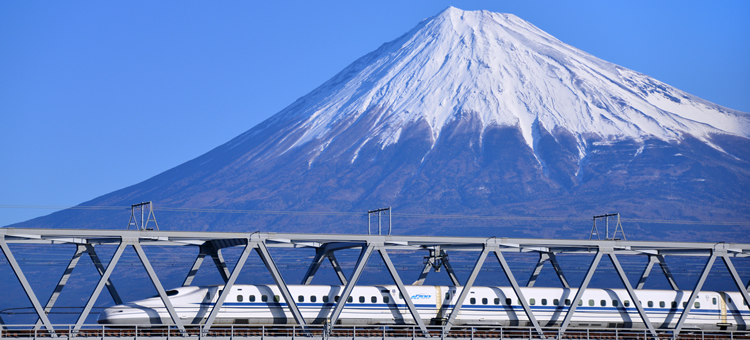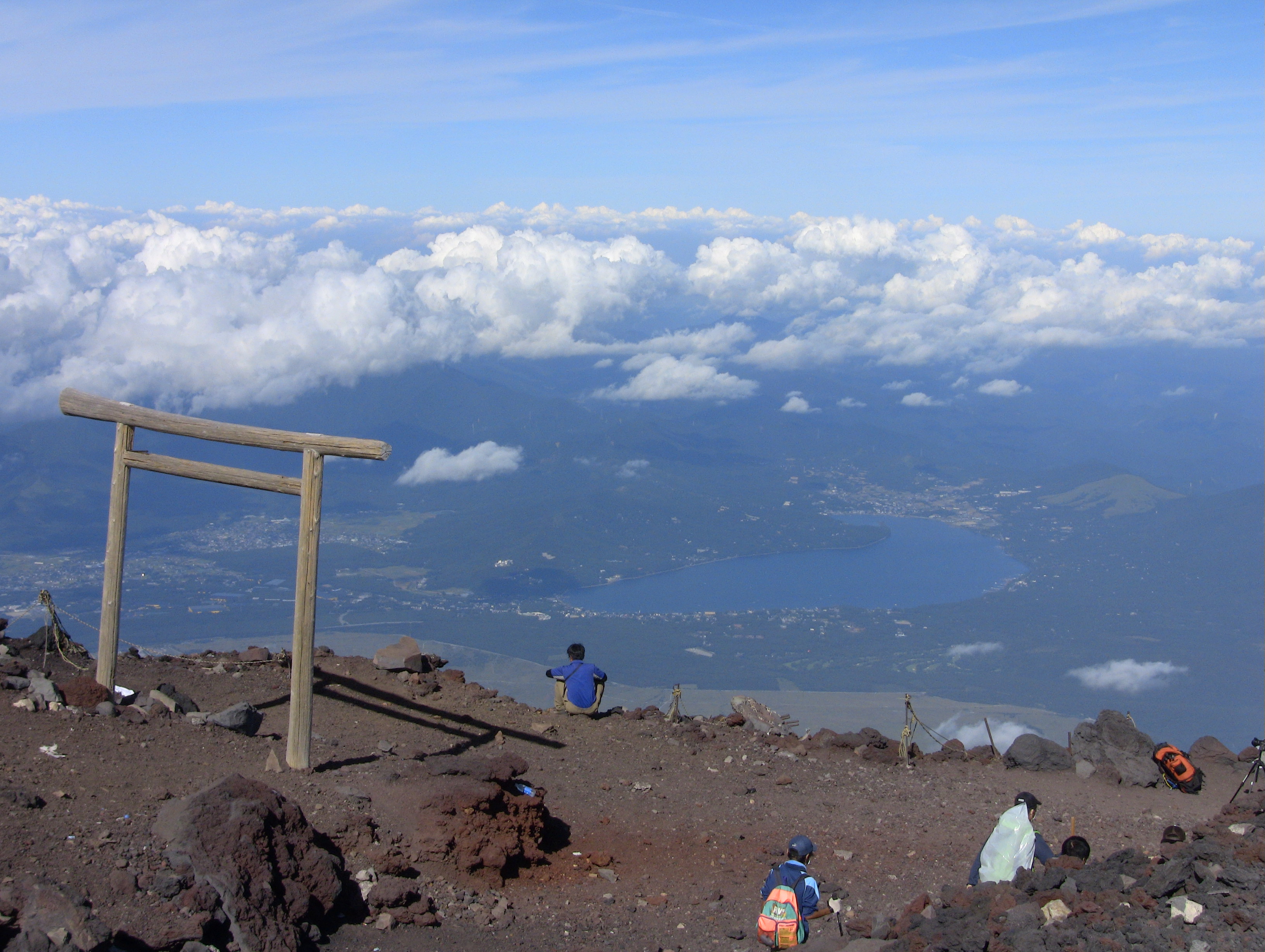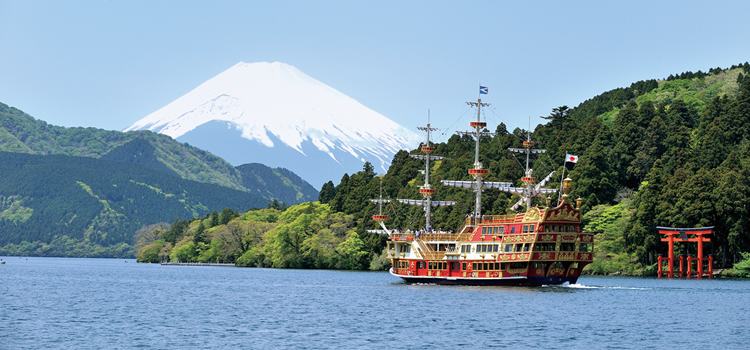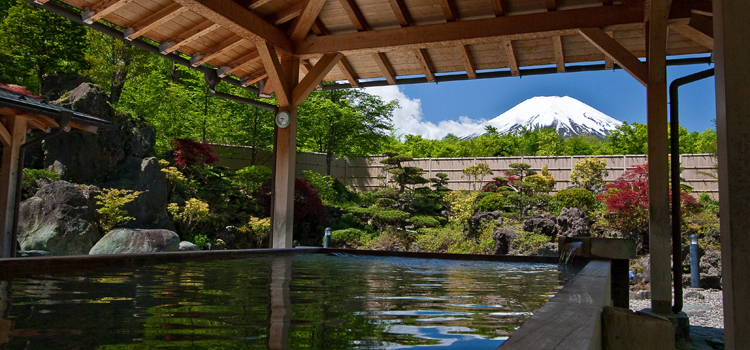5 Most Wanted Place to Visit in Japan
Mount Fuji
Mount Fuji Japan's most recognizable landmark, majestic Mount Fuji (Fuji-san) is also the country's highest mountain peak, towering 3,776 meters over an otherwise largely flat landscape to the south and east, tall enough to be seen from Tokyo more than 100 kilometers away. Mount Fuji has for centuries been celebrated in art and literature, and is now considered so important an icon that UNESCO recognized its world cultural significance in 2013. Part of the Fuji-Hakone-Izu National Park, Mount Fuji is climbed by more than a million people each summer as an act of pilgrimage that culminates in watching the sunrise from its summit. While some still choose to begin their climb from the base, the majority of climbers now start from above the halfway mark, at the 5th Station, resulting in a more manageable six or so hour ascent.
Top Attraction in Mount Fuji


- Climbing Mount Fuji (3776 meters), Japan's highest and most prominent mountain, can make for lifelong memories. The mountain itself may look more attractive from afar than from close up, but the views on clear days and the experience of climbing through the early morning hours among hundreds of equally minded hikers from across the world are very rewarding.


-
Subashiri 5th Station, also called as Subashiri trail is among the 5 station that may pass through while climbing the Mount Fuji. Subashiri 5th Station on the eastern side of the mountain is the second easiest to access by public transportation from Tokyo after the Fuji Subaru Line 5th Station. Buses serve the station daily during the climbing season from mid July until mid September, and run on weekends and national holidays from May through October.
-
Subashiri 5th Station offers an alternate, much shorter hiking trail to a small peak called Kofuji ("Little Fuji"). Kofuji is a 1979 meter high secondary peak that formed on the side of Mount Fuji sometime before recorded history. It can be reached in a 20 minute walk from the 5th Station along a nature trail through the forest.


-
Fujiten Snow Resort is a small ski resort along the northern base of Mount Fuji in the Fuji Five Lakes region. Fujiten is the larger of two ski resorts on Mount Fuji and offers good facilities and views of the mountain. The other one is the Snow Town Yeti on the mountain's southern base. Fujiten has a respectable selection of runs with something to suit every ability. Its two 1300 meter long main courses are suitable for beginners, while a 500 meter long family slope is reserved for beginning skiers.
-
Fujiten also has a large kids park where children can sled, innertube, jump on a trampoline, learn to ski or just play in the snow. Admission to the kids park costs 700 yen per person, but is free for holders of full-day lift passes. Some of the activities require rentals or separate fees to participate in.


-
Snow Town Yeti is a small ski resort on the southern slope of Mount Fuji. It is notable as one of only two ski resorts found on Mount Fuji (the other is Fujiten), and because it is the first snow resort in Japan to open each season (around late October with man made snow).
-
The resort has two lifts and four runs. Its two main runs are each about 1000 meters long and well suited to beginner skiers and snowboarders. The shorter (500 meter) secondary runs are steeper and narrower and closed during night skiing. The resort also has a small terrain park with jumps and rails, and a separate snow play area for kids, sledding and beginner skiers. Snow canons provide the resort with man made snow when nature does not cooperate, which is not an uncommon occurrence.


-
The Fujinomiya 5th Station is the second most popular and second most developed of the four fifth stations on Mount Fuji. It is the easiest to access by public transportation from western Japan, and is served by direct buses from Shin-Fuji and Mishima Stations along the JR Tokaido Shinkansen. Fujinomiya 5th Station is the highest of the fifth stations, and the Fujinomiya Trail is the shortest route up Mount Fuji. The ascent takes 4-7 hours, while the descent takes 2-6 hours. There are about half a dozen mountain huts along the way. The Fujinomiya Trail is the only route that is not split into separate ascending and descending trails.
-
Besides the trail to the summit, Fujinomiya 5th Station offers a shorter hiking trail to Hoeizan, a nearby secondary peak with a crater on the southeastern slope of Mount Fuji. Hoeizan offers an unobstructed, panoramic view down to the Pacific Ocean and as far away as Tokyo on a clear day.














